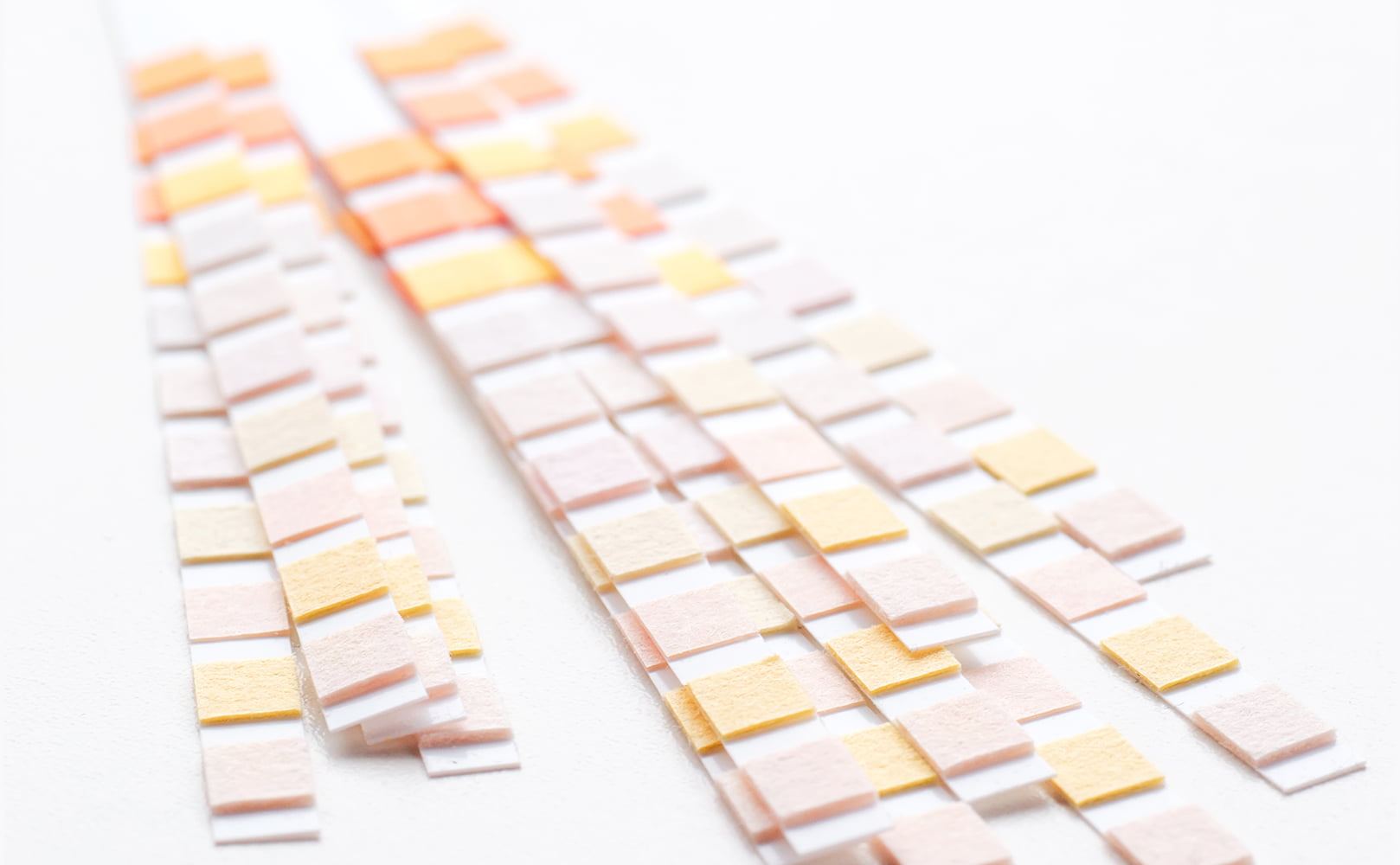What Color Is Fluoride in Water?
Written by: Alexandra Uta // Last Updated: Oct 20, 2022
This page may contain affiliate links. If you buy a product or service through such a link we earn a commission at no extra cost to you. Learn more.
It’s common to find fluoride in water supplies in the US because it’s often added to public water systems to help prevent tooth decay.
However, there is growing concern over the safety of fluoride, with some studies linking it to health problems such as skeletal and dental fluorosis, and lower IQ scores in children.
So, how can you detect fluoride in your water supply?
Read on to find out what color fluoride is in water among other things.
Key Takeaways
- Fluoride in water is colorless
- Fluoride in water is also odorless and tasteless
- The only way to detect fluoride in water is to have it tested
What Color Is Fluoride in Water?
It is impossible to detect fluoride in water with the naked eye since it is colorless.
Fluoride in water is also odorless and tasteless.
Thus, the only sure way to know if your water contains fluoride and at what levels is to have it tested.
How to Detect Fluoride in Water
The most economical way to test water for fluoride is to use fluoride test strips, which can be found online or at many hardware stores.
To use the strips, dip one in a water sample for about 30 seconds. The strip will then change color to indicate the level of fluoride present. Compare the strip’s color to the chart provided to determine the fluoride levels in your water.
A more accurate way to test for fluoride is to hire the services of an EPA-certified laboratory. Typically, you will be given a sample bottle and instructions on how to collect a water sample. Once the laboratory receives your sample, they will test it for fluoride (and other impurities if you want) and send you a report with the results.
Measuring Fluoride Levels
The EPA has set the maximum contaminant level goal for fluoride in drinking water at 4 milligrams per liter (mg/L). According to research, this level of fluoride does not pose any significant health risk.
The goal ensures that water utilities will take steps to keep the level of fluoride in their water under 4.0 mg/L.
Why Is There Fluoride in Our Tap Water?
In the US, fluoride is added to many public water systems. This practice began in the 1940s and was based on the belief that fluoride could help prevent tooth decay.
While it’s true that fluoride can help strengthen teeth and make them more resistant to cavities, there is growing concern over the safety of this practice, particularly regarding children.
Exposure to too much fluoride can lead to a condition known as fluorosis, which results in the mottling and discoloration of teeth. In severe cases, fluorosis can also lead to skeletal problems. There is also some evidence that fluoride may lower IQ scores in children, though more research is needed to confirm this link.
How Fluoride Prevents Tooth Decay
When fluoride is present in the mouth, it binds to the hydroxyapatite crystals that make up tooth enamel. This makes the crystals more resistant to acid attacks from plaque bacteria and sugary foods.
Fluoride also helps reverse early signs of tooth decay. When teeth start to decay, the enamel breaks down and forms tiny pits or cracks. Fluoride can help repair this damage by remineralizing the enamel and making it stronger.
Safety of Water Fluoridation
Public water systems are required to test for fluoride levels regularly and adjust the amount of fluoride added to their water accordingly. The ideal level of fluoride in water is 0.7 milligrams per liter, though levels can range from 0.5 to 1.2 milligrams per liter without posing a health risk.
It’s important to note that not all public water systems add fluoride to their water. Contact your local water utility to find out if your community fluoridates its water supply.
Fluoride in Nature
Fluoride can also enter your water through natural means. Some rocks contain high fluoride levels, such as fluorite, apatite, and granite. When water comes into contact with these materials, it can pick up fluoride ions, which can then be present in your drinking water.
Homeowners with private wells should have their water regularly tested for fluoride and other impurities and contaminants.
If you have any questions about the color of fluoride in water please don’t hesitate to leave a comment below!
Information provided on BOS is for educational purposes only. The products and services we review may not be right for your individual circumstances.
We adhere to strict editorial guidelines. Rest assured, the opinions expressed have not been provided, reviewed, or otherwise endorsed by our partners – they are unbiased, independent, and the author’s alone. Our licensed experts fact-check all content for accuracy. It is accurate as of the date posted and to the best of our knowledge.


